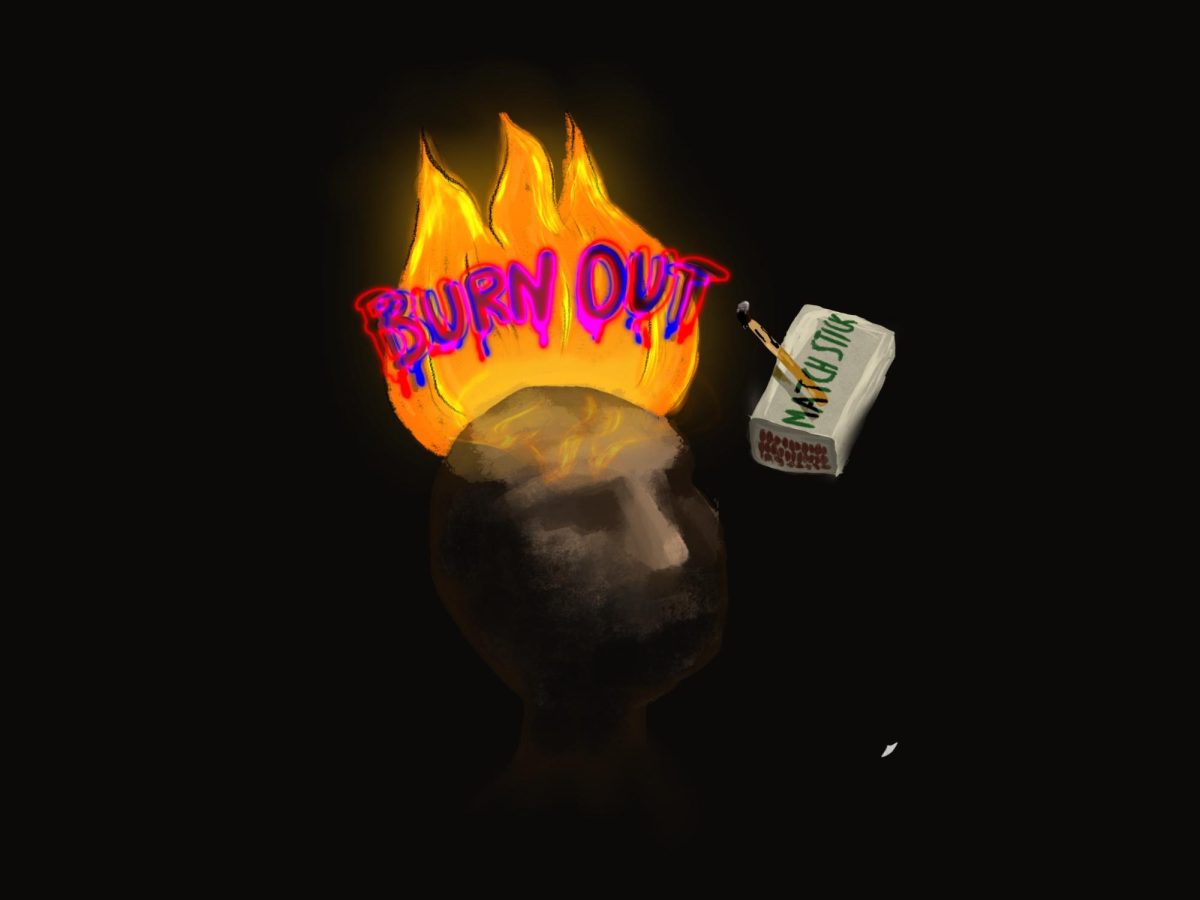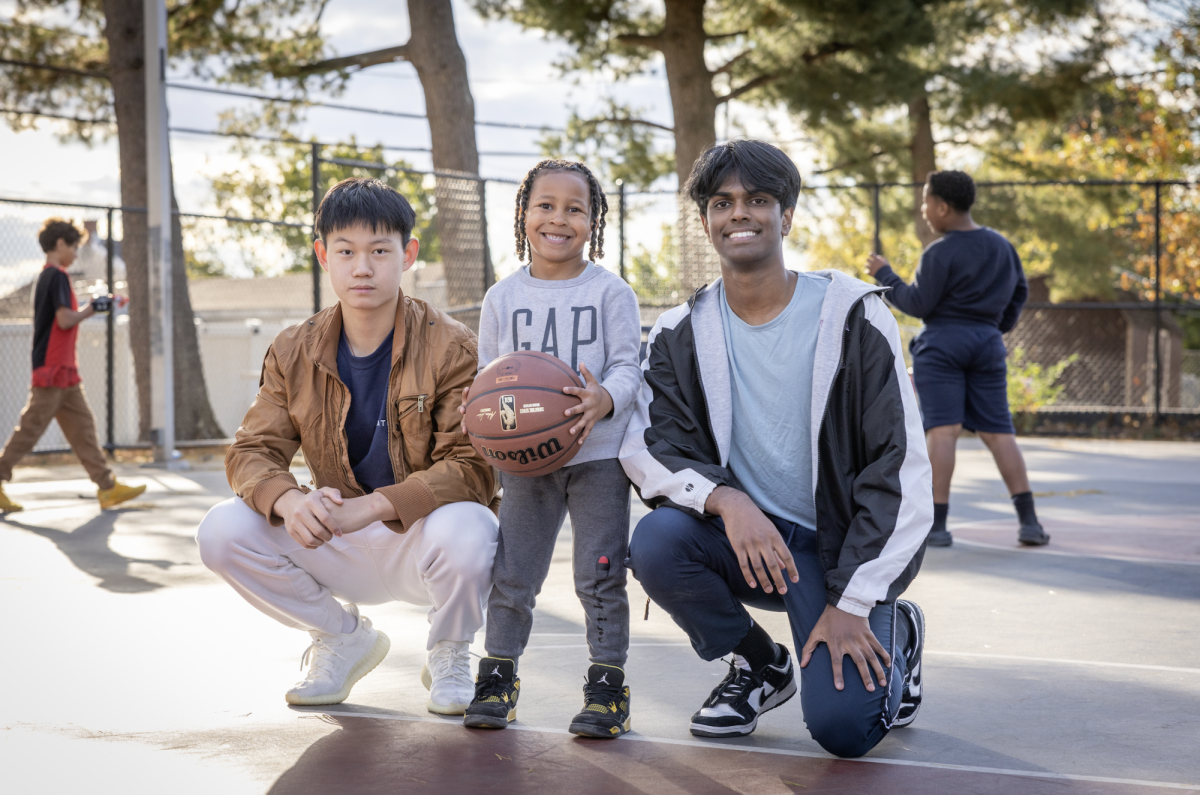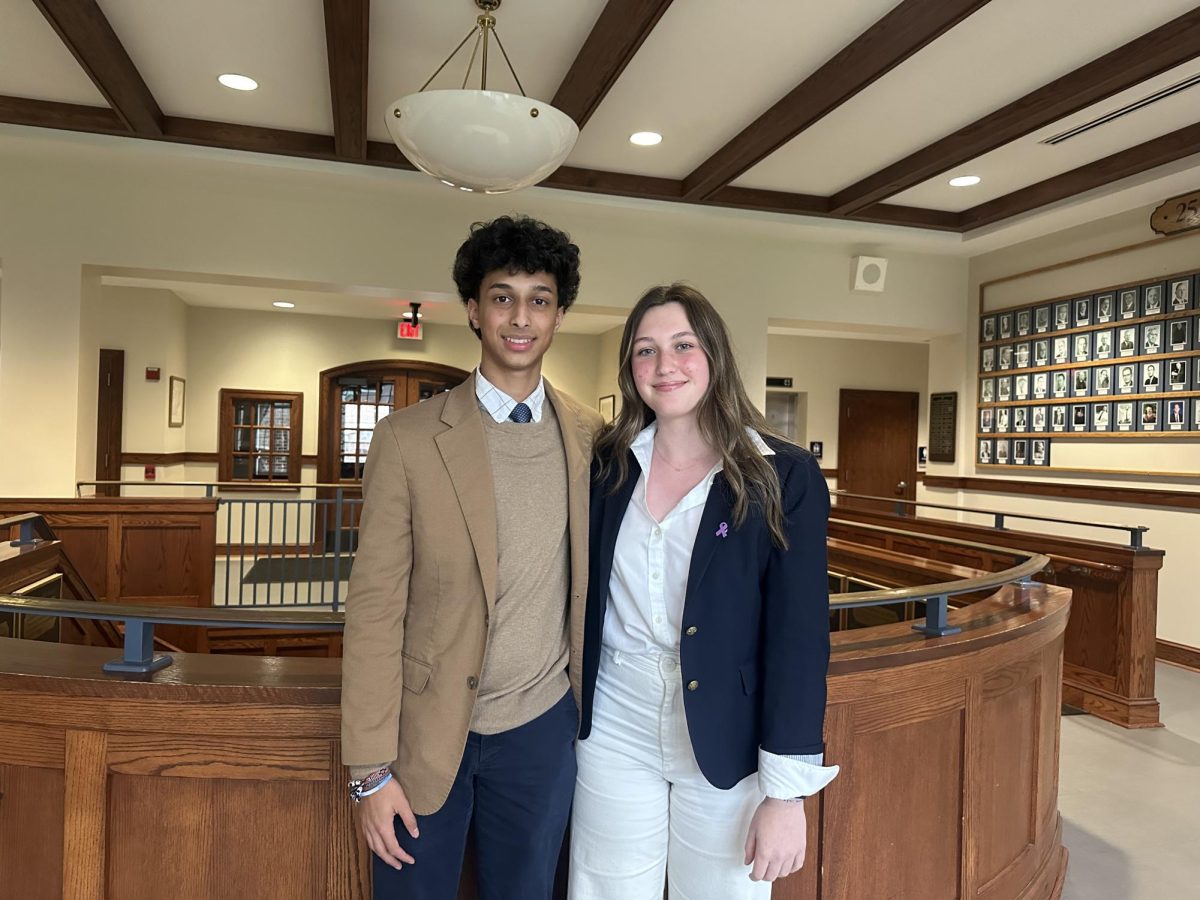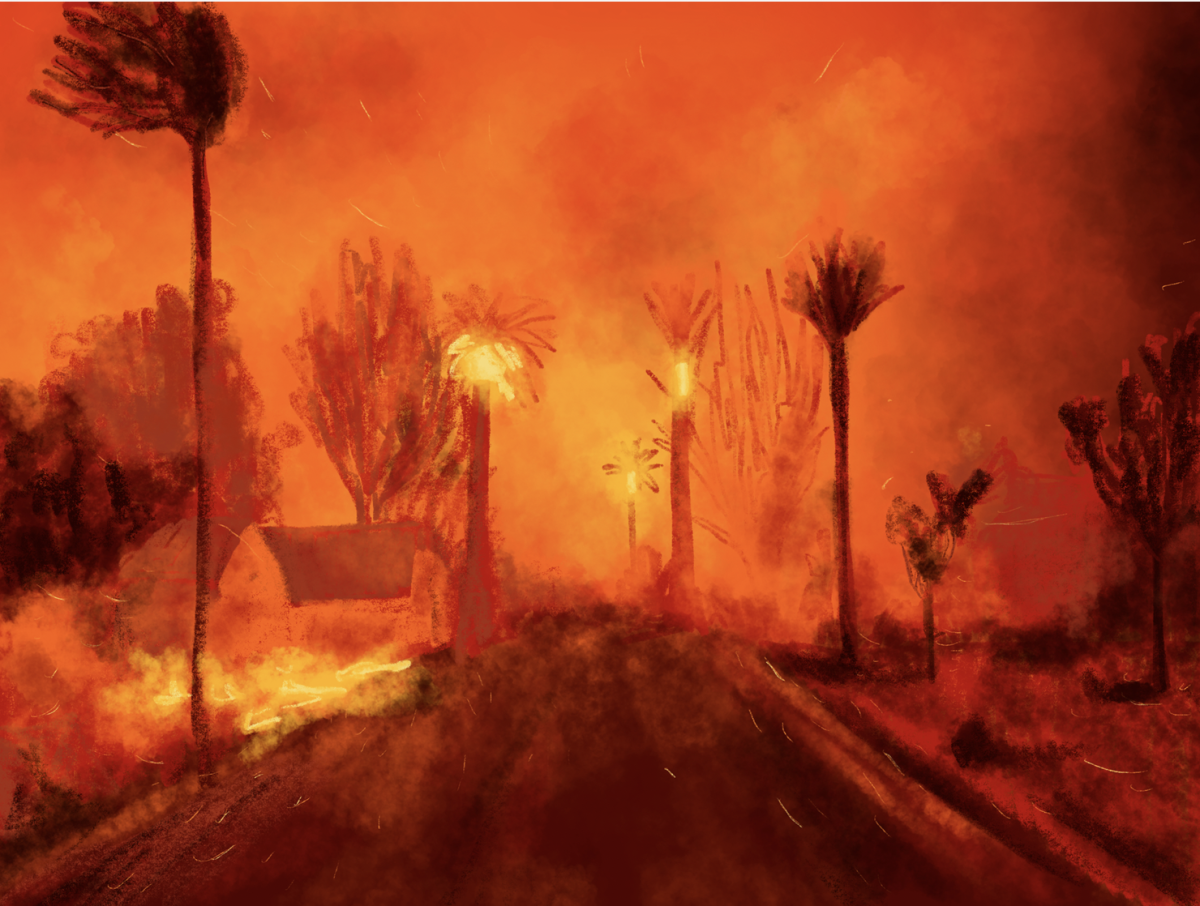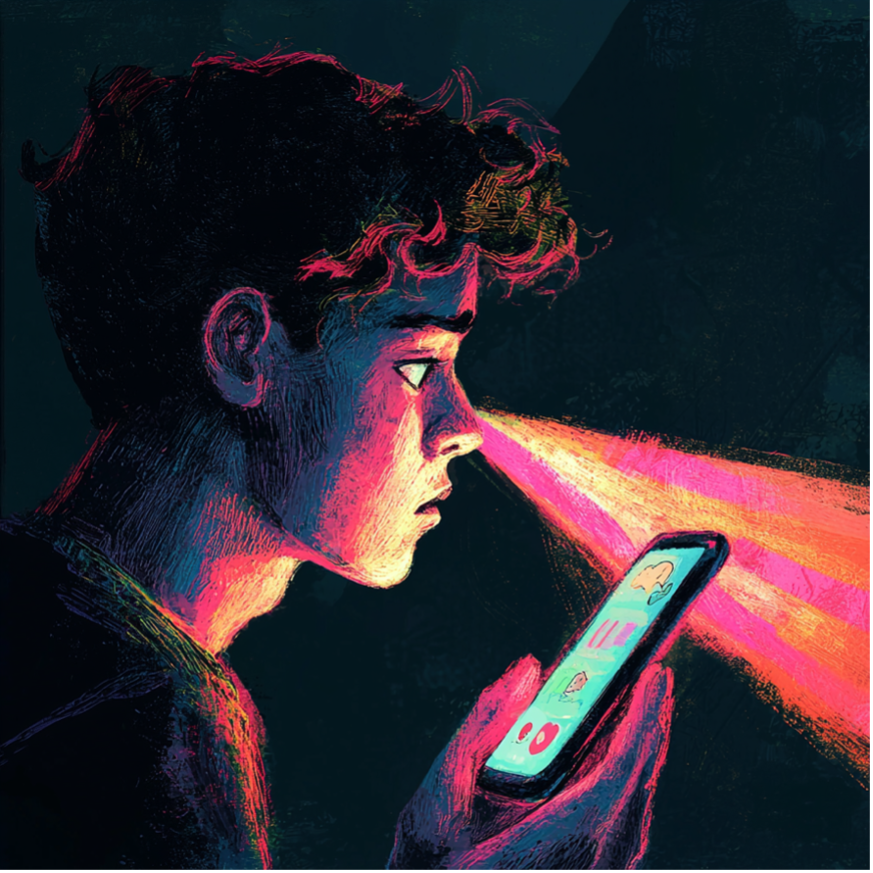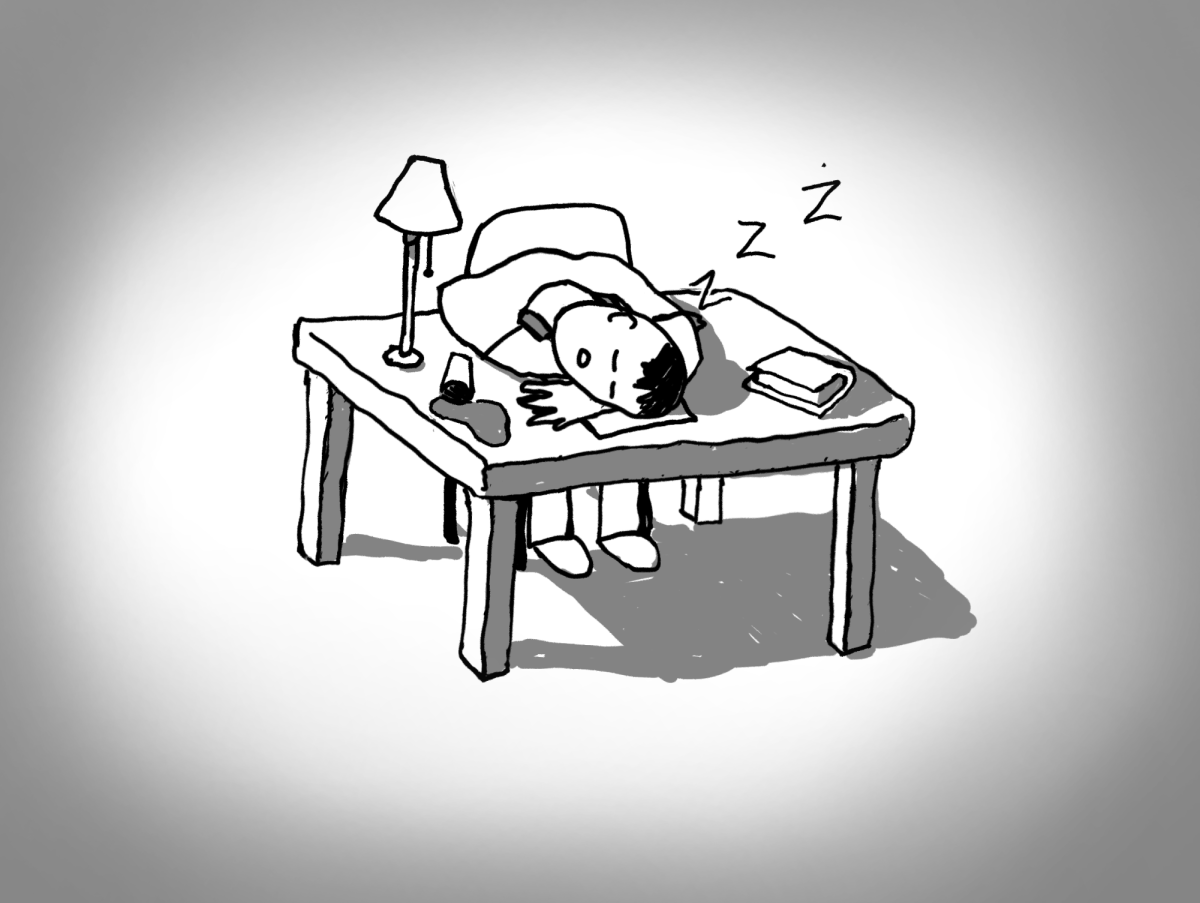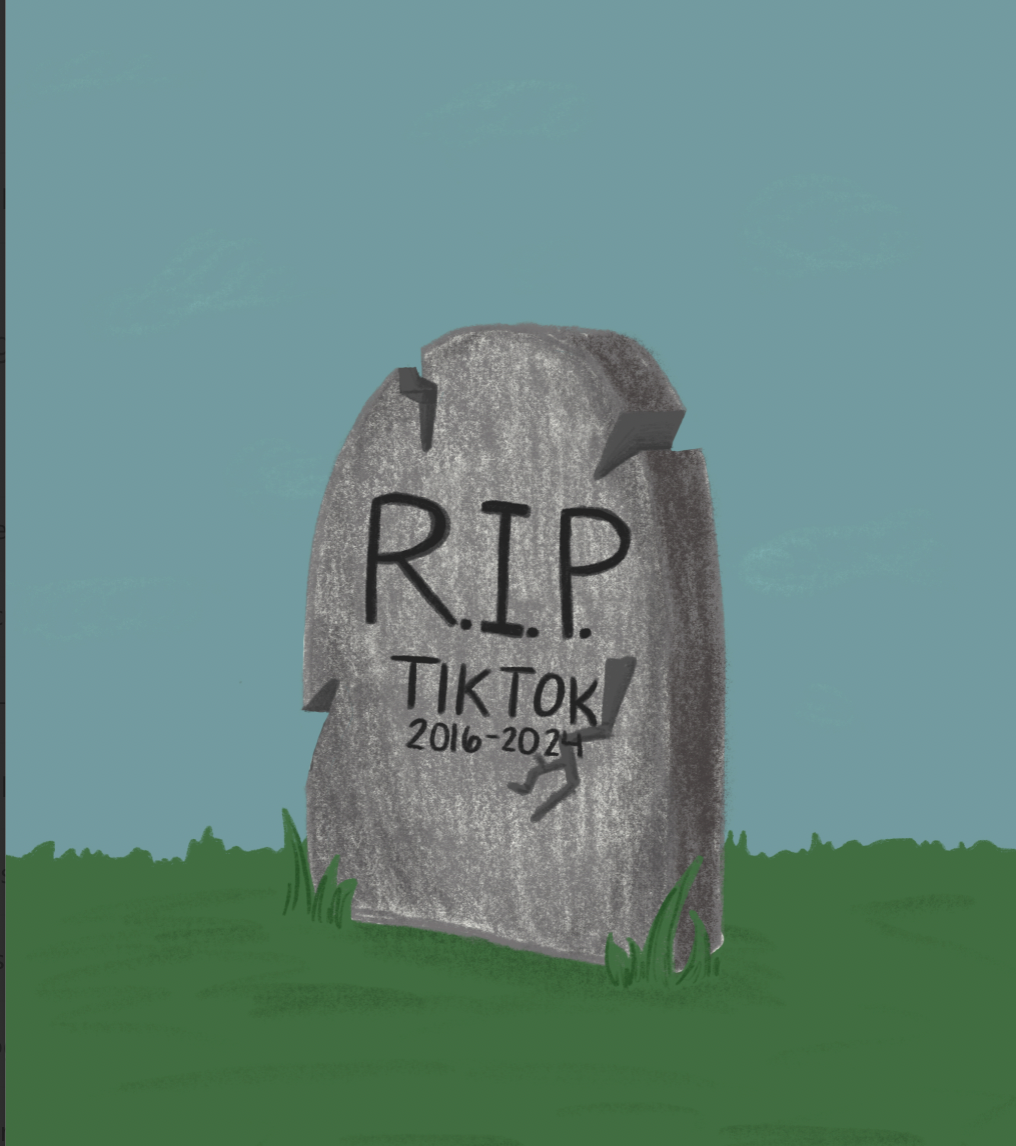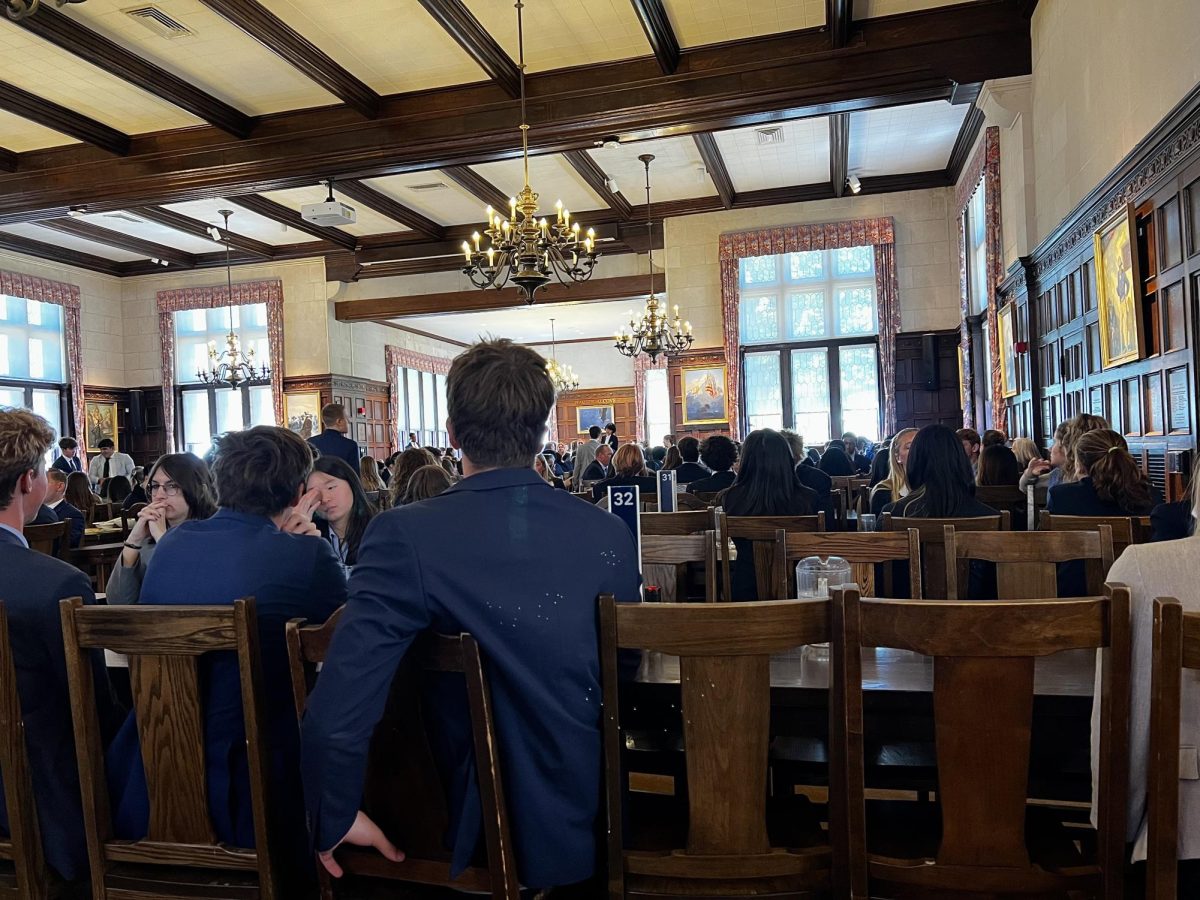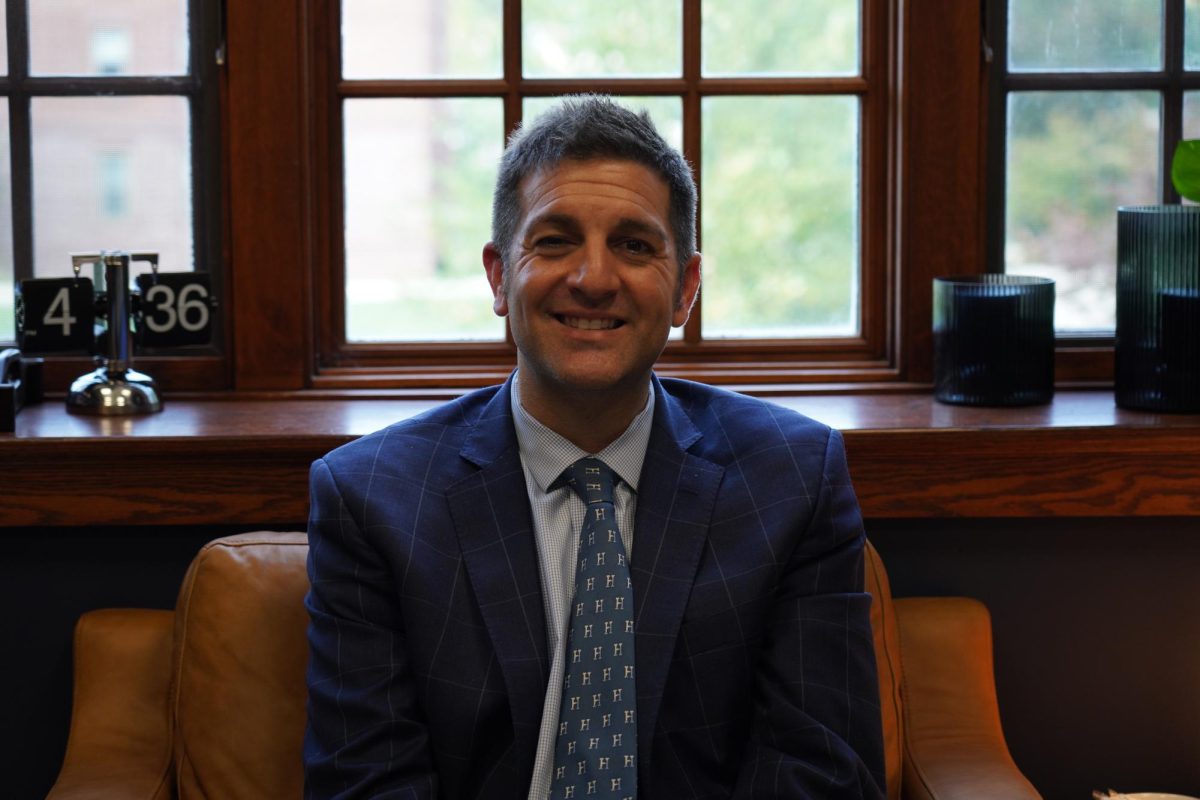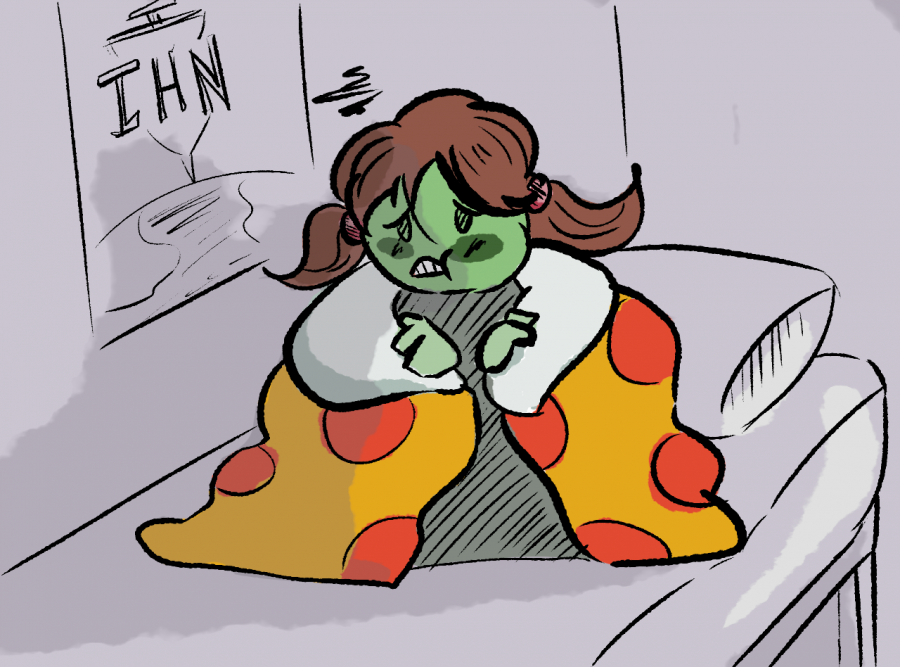COVID-19 strikes during H-Term
Over H-Term, students were given the freedom to do what they saw fit with their time away from campus, whether that be pursuing independent projects, participating in H-term exclusive courses, or joining internships to further their experience in the workplace. Along with this freedom, they were also offered the opportunity to go back home. Traveling on planes, buses, and cars, most Hill students went back to their respective states and countries, leaving the safety of the campus behind for three months.
With the sheer amount of students going back to a much less regulated environment compared to the Hill campus, some were unsurprisingly diagnosed with COVID-19. For people who haven’t been in close proximity to its effects, it might seem like a distant issue — something similar to the annual flu. However, for those who were infected by the virus, experiences varied. No longer sheltered by the Hill School’s bubble, many members of the community met COVID-19 face-to-face. Protocol for a positive test on campus was relatively straightforward: an immediate quarantine with your flock until a second test comes back negative. But what about when students were off campus?
Zaara Sahgal, a fourth former who caught the coronavirus at the beginning of H-Term in New York City, offered some insight into what her ordeal was like.
“With COVID, medication doesn’t work, so it takes so much energy out of you,” Sahgal said. “It was during online school and I was still able to attend classes, so my learning wasn’t affected too much, but it was still difficult.”
Kevin Tkachuk, an instructor of History and Social Sciences, contracted COVID-19 near the end of in-person classes in December and had persisting symptoms for almost two months.
“I had pretty nasty symptoms, all the things you read about, loss of smell and taste,” Mr. Tkachuk said. “I really struggled to talk, I lost my voice for a while. Just general lethargy, I didn’t feel great for a long time unfortunately … You only technically have COVID for a short window, like 14 days, if that even, but then for some people, it takes a lot longer to get over the symptoms.”
George Burkov, a fourth former who tested positive near the end of spring break while in New York but was asymptomatic, shed light on his experience. “Since I was completely asymptomatic, I wasn’t too worried … I just quarantined myself for about 10 days, and waited until I got my negative test,” he said. “It was annoying, but manageable.”
Sam Beckett ’22 and his family, who live in Harleysville, Pa., experienced a wave of COVID-19 infections in early January.
My mom was the first to contract the virus in my family, and she also had it worse than the rest of us. While this wasn’t necessarily a surprise, it is comforting to state that besides a short fever, mild body aches, and the occasional headache, she experienced a fast recovery and admitted that it was not as bad as she was expecting and has had worse cases of the flu.
My younger brothers Ben and Jon were next to contract the virus, and, besides testing positive, had no other symptoms to report and were able to isolate, continue to work out, and live life normally throughout the duration of the disease.
Finally, just when it seemed as though my sister Hannah and I were in the clear, we both came down with a mild fever. We both experienced similar symptoms, a short-lived fever and moderate headaches, and we were back in our home gym completely recovered just four days after coming down with the initial symptoms. Even more peculiar was the fact that my dad never came down with it despite being around us all the time without a mask. Now that it is over we are extremely relieved that we no longer have to worry and can carry out our lives as normal as permitted.

